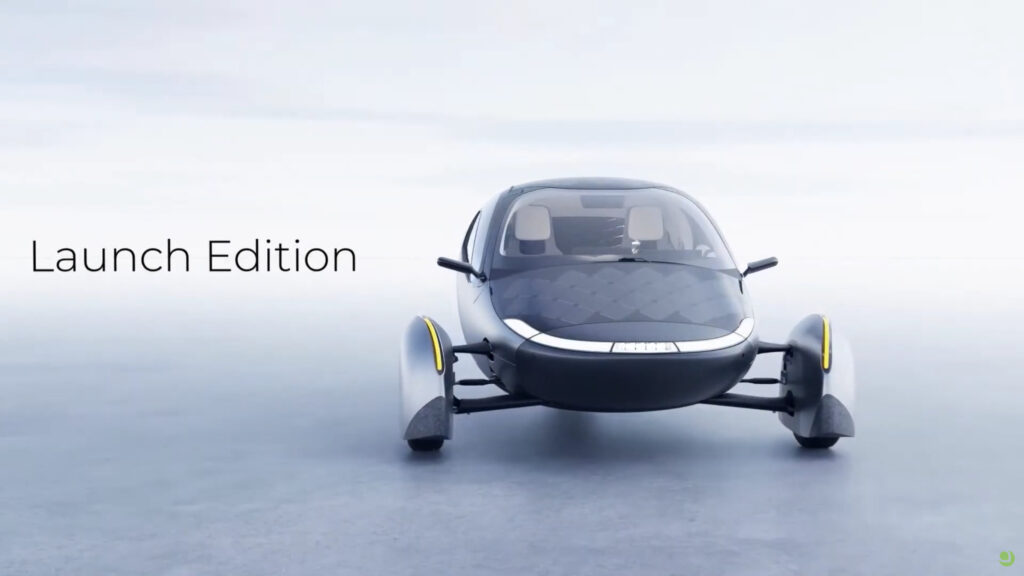Startup vehicle maker Aptera said it has begun production-intent builds on the body for its three-wheel solar EV, although the timeline for actual deliveries might not be quite as bright as it sounds
In a video address accompanying the update, CEO Steve Fambro noted that Aptera chose Italy’s CPC Group for its “incredible ability” to stand up a carbon-fiber body production line in as little as nine months after reaching funding goals.
Then it said something surprising: It’s still not there.
“The start of production for Launch Edition vehicles requires additional capital, and we plan to share delivery timeline details as soon as we can,” explained Fambro.
That appears to contradict what the company had said earlier in February, when it clearly laid out that the completion of its Accelerator Program, a type of crowdfunding that also assured one of the first 2,000 build slots for the vehicle, would be enough to “fund the initial phases of production.”
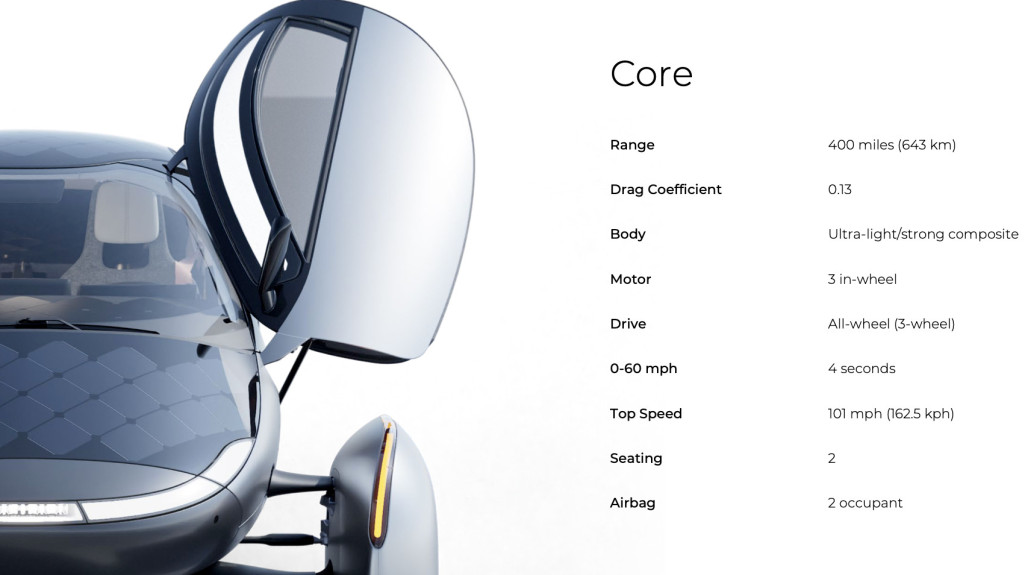
Aptera Launch Edition core specs
No Aptera deliveries in 2024?
Putting those pieces together, Aptera effectively announced that it won’t produce its vehicles in 2024, pushing back a production start once again—this time likely into 2025.
Green Car Reports reached out to Aptera after the update and hasn’t yet heard back, but we’ll update this story with more precise information from Aptera if this update language has been misread.
Aptera announced the agreement with Italy’s CPC Group in November 2022 and in January 2023 revealed the initial Launch Edition version of the EV. By October 2023 it reported that with some manufacturing equipment acquired, it was getting closer to production.

Aptera Sol alpha prototype
Aptera design changes coming
The company’s update also noted that some vehicle design changes are coming. “Leading up to the start of production, we will continue to refine our vehicle design to ensure efficiency and cost-effectiveness,” the company said.
“We want you to know that changes to our vehicle design are taken very seriously, and only made if they require significantly less capital, including research and development and tooling cost,” explained Fambro. “A production plan that requires less capital reduces risk for our shareholders and allows Aptera to get to market more quickly. Once updated supply agreements are inked, we will share more information.”
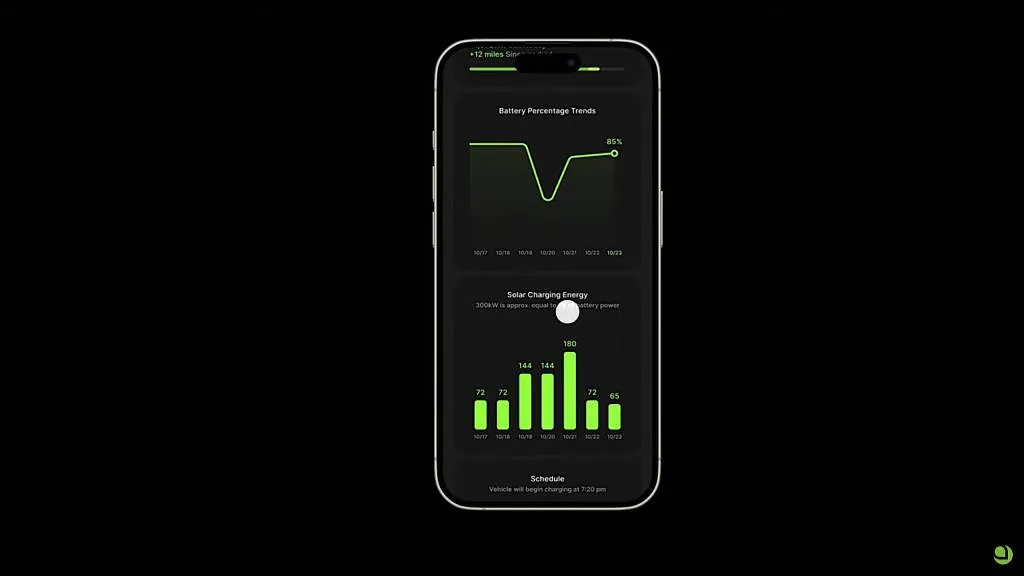
Aptera app – solar charging
Tracking solar miles via Aptera app
In an update last week, Aptera also provided a first look at its owner app, which will allow drivers to precondition the cabin. It also allows drivers to see the solar output of their vehicle while they’re away from it.
Korean battery partner CTNS has made sample battery modules, with a first run of production-intent battery packs yet to come. The firm also said that it will provide more information on the battery management soon.
At CPC in Italy they’re working on assembling chassis and suspension components with assembly jigs. Eventually high-volume robots will support automated assembly.
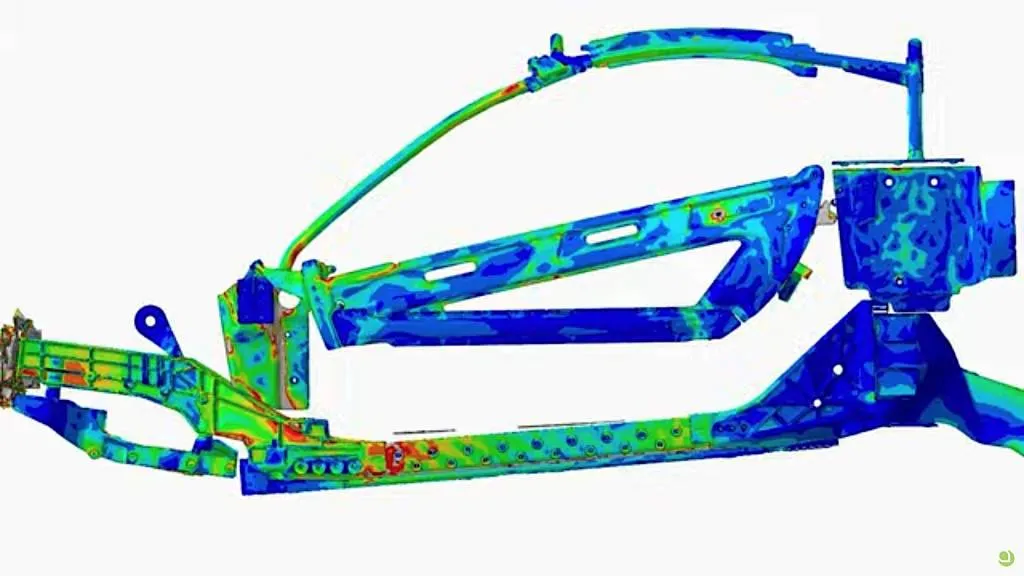
Aptera crash modeling 1

Aptera crash modeling 2
It also teased, for the first time, a crash simulation for the body structure and said it can’t wait to compare them to the production-intent build.
Aptera has a lot of promises to live up to. It’s teased handling performance that can outrun some sports cars, as well as enough power from its solar cells, covering a lightweight body shell, to allow some owners to never worry about charging.
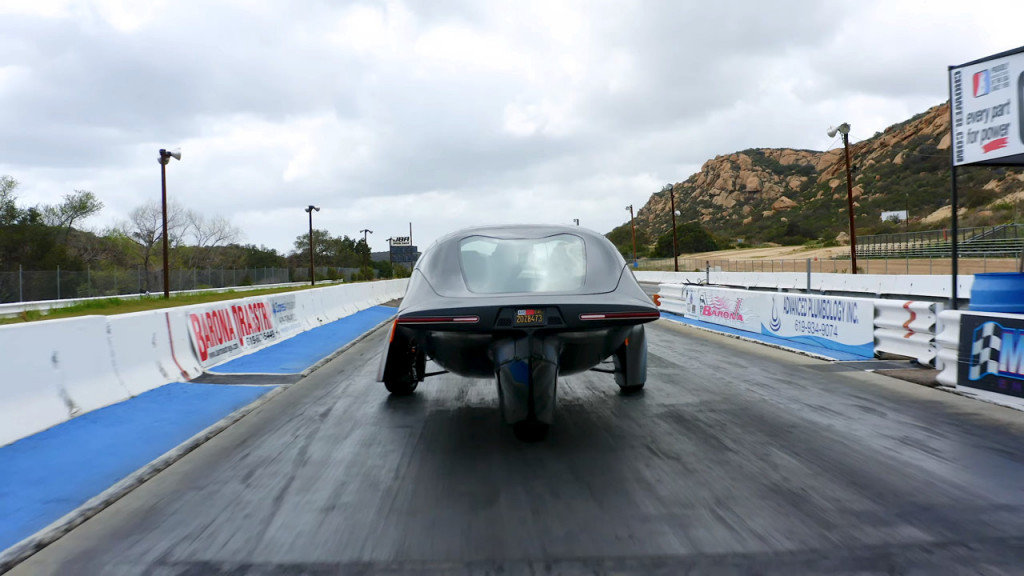
Aptera testing alpha prototype
The Launch Edition was revealed in January 2023 with a 4.0-second 0-60 mph acceleration, a 42-kwh battery pack that would provide a range of up to 400 miles, and a solar system that can provide 700 watts of continuous power good for 40 miles of range per day, according to the company. Aptera announced its use of the Tesla NACS port even before last year’s wave of American-market EV brands switching charging standards.

